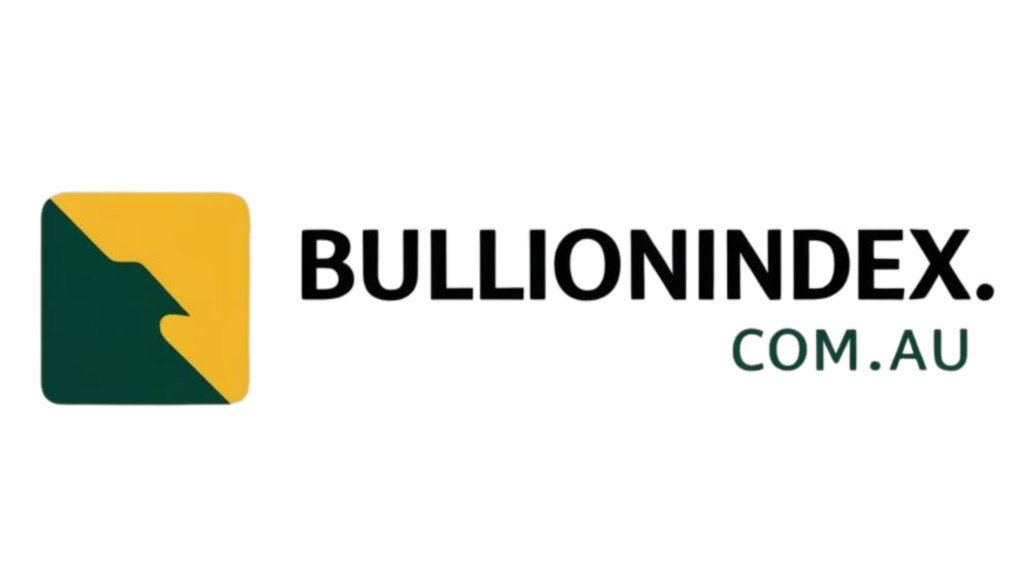Analysts and investors are closely monitoring the phenomenon of de-dollarization, a shift away from the U.S. dollar as the primary global trading and reserve currency. This trend, gaining momentum in 2025, is particularly evident in Southeast Asia and BRICS economies, where efforts to promote local-currency trade settlements are on the rise.
Central banks worldwide have significantly increased their gold purchases in the first quarter of 2025, surpassing the five-year average. This surge in gold acquisitions coincides with a decline in the dollar’s share of global reserves, signaling a potential shift in the global monetary landscape with gold reemerging as a preferred reserve asset.
Recent policy changes, such as ASEAN’s Strategic Plan advocating for local-currency settlements, are driving de-dollarization efforts in various regions. Geopolitical uncertainties and concerns over the dollar’s stability are prompting governments and companies to diversify away from dollar-denominated assets, contributing to the increasing demand for gold.
Gold has experienced a resurgence in 2025, outperforming major indices like the MSCI World and Bloomberg Aggregate Bond Index. The traditional negative correlation between gold and the dollar remains intact, attracting both central banks and retail investors seeking a reliable store of value amidst currency volatility.
Investors are advised to consider gold as a portfolio diversifier and inflation hedge, with historical data suggesting that a moderate allocation to gold can enhance portfolio resilience during market downturns. Physical bullion, gold coins, or low-cost ETFs tracking gold prices are popular investment options for those looking to capitalize on the current gold market dynamics.
Furthermore, the de-dollarization trend is reshaping currency markets, with foreign investors increasingly exposed to currency risks. European pensions, for instance, hold substantial unhedged dollar assets, reflecting the growing importance of managing currency exposure in investment portfolios.
While de-dollarization poses challenges to the existing monetary order, particularly for the U.S. dollar’s reserve status, it presents opportunities for investors to reallocate their assets strategically. Gold, with its dual nature as a commodity and a quasi-currency, stands out as a beneficiary of the evolving global economic landscape.
In conclusion, de-dollarization is not merely a theoretical concept but a tangible shift impacting reserve management and investor behavior. As gold gains prominence in the current economic environment, investors are advised to consider the role of gold in their portfolios as a potential hedge against the changing dynamics of global finance.
📰 Related Articles
- Gold Prices Surge in 2025: Is It Time to Invest?
- Beyoncé’s Cowboy Craze Spurs Western Fashion Trend Surge
- Women’s Fashion Trainers: The Must-Have Trend of 2025
- USMNT Gears Up for 2025 Gold Cup Preparations
- Taiwan’s Tang Chia-hung Seizes Gold at 2025 Asian Championships






